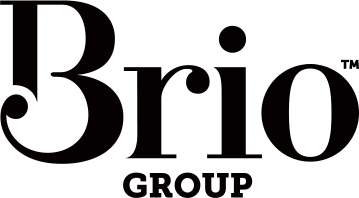Where do you get your information?
It may come as a surprise to know that Australian’s are now spending more time surfing the net than they are watching television. People are also using the internet to keep up to date with their news rather than bothering with newspapers. What does this mean for your company and its advertising budget? How are other companies reacting to this shift in popular media?
In Australia, the time spent watching TV was, for the first time ever, exceeded by the amount of time spent online, according to a report released on 18 March 2008 by internet measurement company, Nielsen Online. The study showed that Aussies were spending around 13.7 hours per week surfing the net, while average television viewing was around 13.3 hours per week. This year the use of the Internet has continued to grow, but unlike previous years, an increase for TV consumption did not occur. This suggests that television has reached a media saturation point. By contrast, Australia’s active online population is increasing rapidly.
In Australia, 90% of people are broadband internet users. The impact of broadband on how people use the internet has spawned a community of lounge surfers. That is, people are more likely to follow breaking news from their laptop than from any other traditional media source. Fairfax Digital is a good example of a company that has recognized this shift with the creation of Brisbane Times. This media source provides the user with not only up to date news but also links to real estate, jobs and even online dating all from the home page.
The impact of this shift toward a whole of media approach to advertising has seen online advertising make up the lion’s share of a company’s marketing budget. “Online advertising spend was $1523.5 million for 12 months ending June 08, a 27% increase from the previous year” (Source: AIB Online expenditure report). The result of this shift for businesses is they are able to spend a relatively small amount on advertising and achieve saturation of their product. In the past media saturation was a costly exercise across print, television and radio, with the internet emerging as the ultimate marketing tool, advertisers achieve accountability, transparency, and flexibility in their marketing more than ever before. Further cementing this is Google. Google sold more advertising in 2008 than any of the major TV networks or newspapers. (Source: Pomegranate).
The previous trend has been to purchase high CPM (Cost Per Thousand Impressions) ad buys on high-profile heavily trafficked sites. This year, advertisers are starting to employ holistic targeting methods by merging behavioral, demographic and geographic techniques to attain better results across a wider range of niche sites. A perfect example of how businesses are best using your data to advertise what is relevant to you is ski resorts. Skiing holidays are taken by one of three demographics, the young adventure traveller, the family or the older couple. These resorts use your ‘digital footprint’ to determine which of these demographics you fit and then market only what you are interested in, that is an older couple would not be interested in the fresh fall of powder on the slopes coinciding with the opening weekend music festival. You may have also noticed your online web-mail account, like hotmail’s banner advertising relates to what you are currently talking about. This new evolution allows advertisers control over who is seeing their ads, giving them the power to truly target their demographic, focusing on engaging their customers.
Customers want to be engaged by infinite choices and networking journeys, and this is why consumer-generated media will become increasingly attractive to advertisers. Interactive communications that connect with core human emotions such as podcasts, blogs, ‘wiki’, citizen-powered news sites, mobile videos and SMS, Facebook, myspace and twitter are the advertising mediums of the future.

